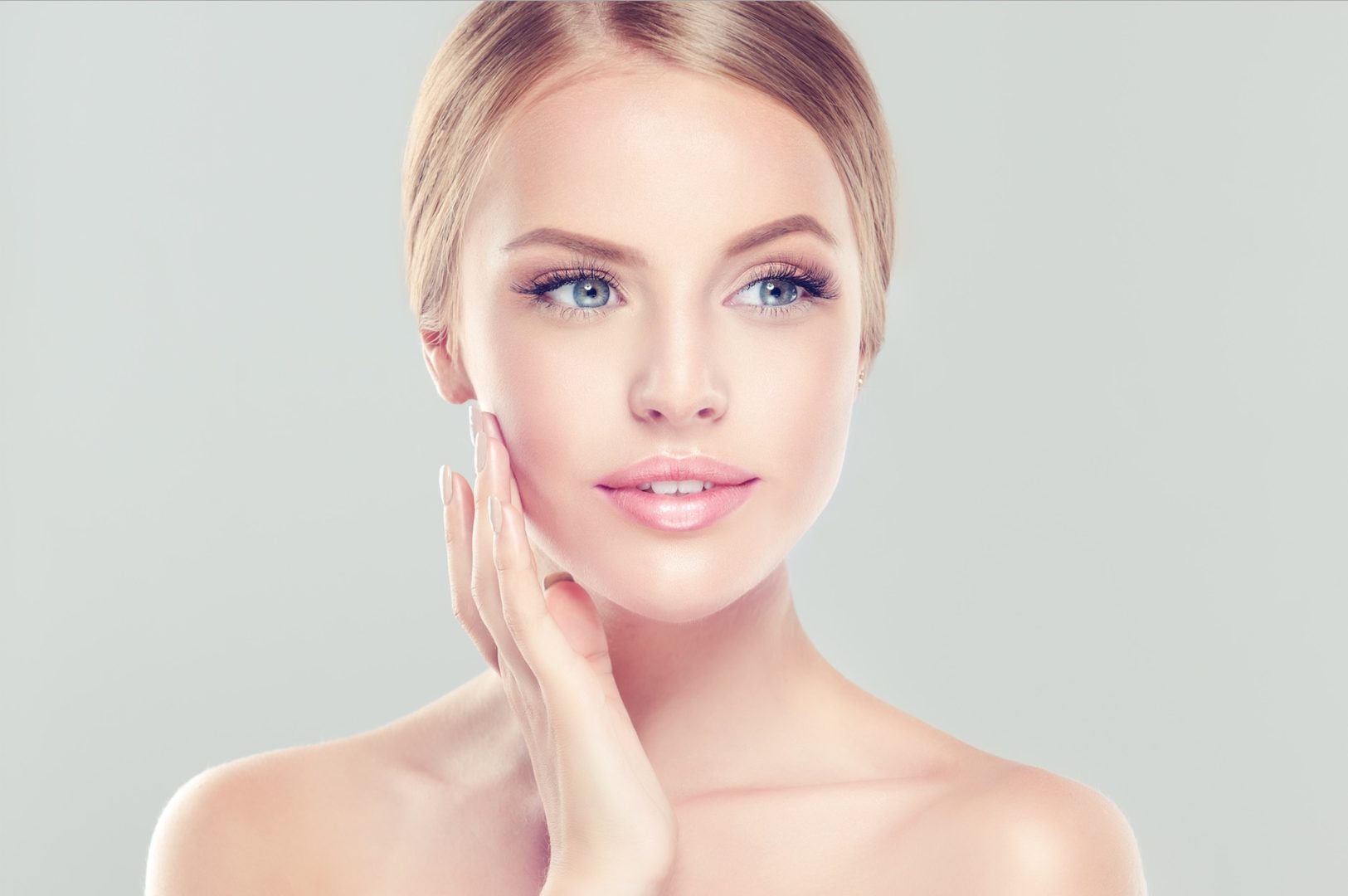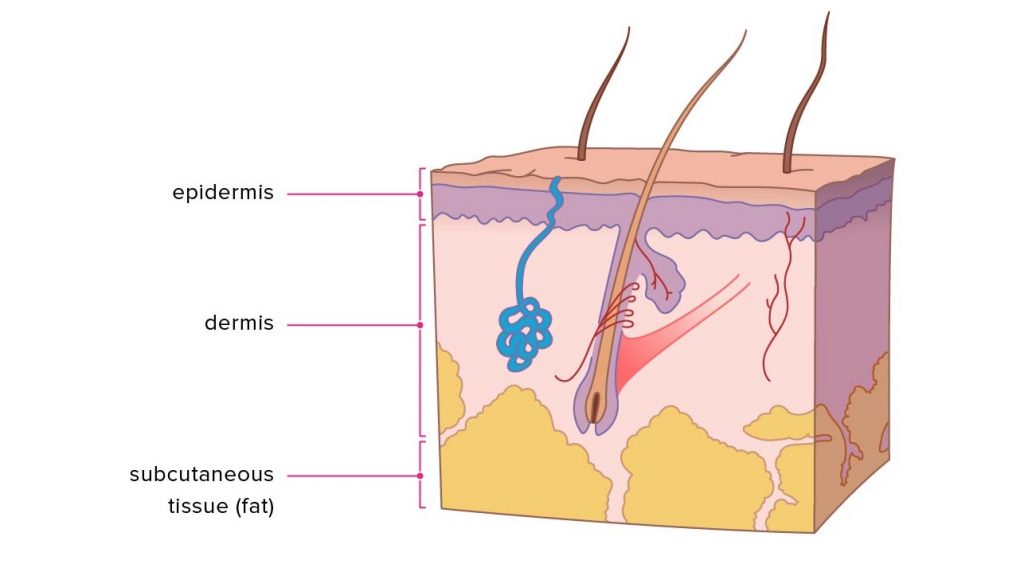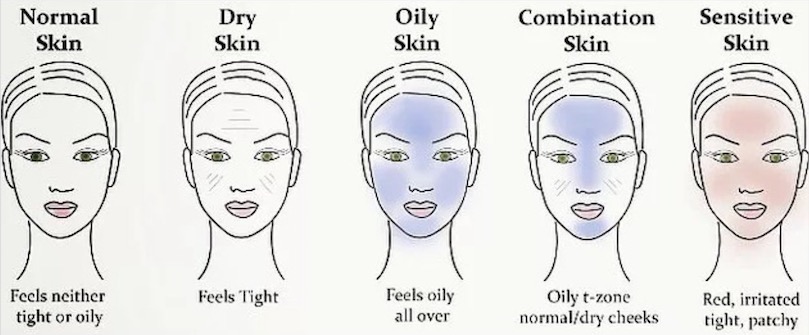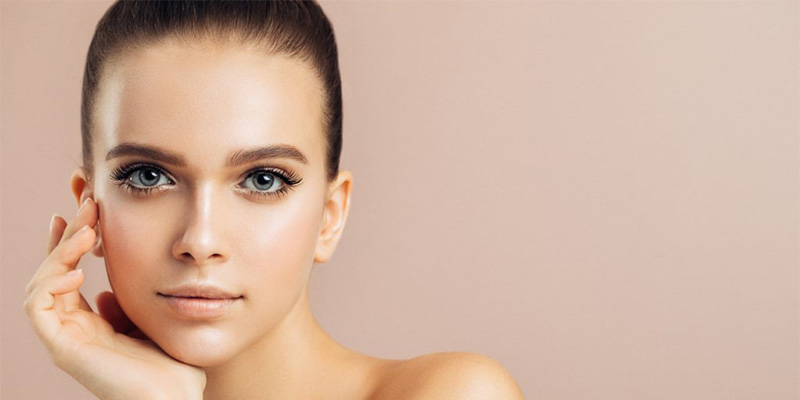
Understanding Your Skin Type
Posted onSo many of us stress constantly about the right skincare and how we can keep our skin looking good as the years go by, but how many of us have stopped to consider how much we actually know about our skin?
WHAT IS SKIN?
When we talk about our skin, most of us are referring to the outermost layer of it, which is called the epidermis, but there is much more to our skin than that. Our skin is the largest organ of our body and is composed of multiple layers that work together as a complex system. In total, there are three main layers: epidermis, dermis and hypodermis.
The outer layer of the epidermis is the part of our skin that we can see. While its main function is to act as a protective layer and to help keep the body’s water levels stable, there are a range of other processes that occur in this skin layer in order to keep your body working.
The basal (innermost) cell layer, for example, produces melanin to help protect the skin when it’s exposed to UV light from the sun; while the squamous cell layer is made up of basal cells called keratinocytes, which produce keratin, the protein that makes up skin, nails and hair. The squamous layer also contains Langerhans cells (which prevent foreign substances from entering the skin) and synthesises cytokines, a protein that helps to regulate and maintain your body’s immune response. The final layers of the epidermis contain keratinocytes and other skin cells that have died and will be replaced eventually by new cells. All of these layers work together to ensure that your skin can continue to regenerate itself.
The dermis is composed of two dense layers, which contain connective tissue, nerves, blood vessels, oil and sweat glands, hair follicles and more. It is considered the core of the skin system, as it enables your skin to function as an organ, supplying it with blood flow, nerve sensation and a means to excrete waste from the body.
The hypodermis (also called the subcutaneous layer) is located below the dermis and is responsible for connecting your skin to your bones and muscles. The connective tissue of the hypodermis also functions as a mode for fat storage, as well as insulation and cushioning for the integumentary system.
All layers of the skin play a significant part, as they need each other to operate at a healthy and optimal level. Now, let’s look at the different skin types.
SKIN TYPES
You may have learnt already that there are several types of skin—you might even know what skin type you are, whether that is normal, combination, dry, oily or sensitive. It’s important to be attuned to your skin type so you can choose the right products and take the right actions for your skin.While your skin type is determined by your genetics, your skin condition can be improved by giving it the care and attention tailored to your skin type.
NORMAL
This is the most balanced skin type and presents few limitations as to what skincare and make-up products you can use. People with normal skin can experiment with different skincare products to find the one they like best as there is little risk of their skin reacting badly to dryness, oil or sensitivity. The main focus is to maintain the skin’s good condition to combat the effects of ageing; this can be done by making sure your skin is well-cleansed, moisturised and exposed to non-toxic ingredients.
DRY
This is when the skin feels tight, indicating reduced skin elasticity. People with this skin type may also experience flakiness, a dull complexion, visible lines, itchiness and peeling.
Taking care of dry skin is a two-step process. The first step is to avoid anything that might make the dryness worse—try not to wash your face using water that is too hot or too cold and stay away from foaming cleansers, which tend to further dry out skin.
The second step is to maximise the skin’s hydration—use serums and moisturisers that are high in antioxidants and ingredients that boost collagen production. Other ways to supplement the skin’s hydration with products include choosing liquid-based foundations rather than powder-based, avoiding using too much powder, and spritzing the skin with a face mist during the day.
OILY
This is when the skin exhibits an oily t-zone: this is the ‘T’ formed by your forehead, nose and chin. People with this skin type have a natural layer of oil on their skin during the day and may struggle to keep their skin looking dry even when skin and make-up products have been applied.
It’s important to keep on top of skincare as the excess oil can clog up pores and cause large, visible pores; a tough skin texture; and blackheads and pimples.
The best way to take care of combination skin types is to exfoliate regularly, with a focus on the t-zone, to slough off dead skin cells and prevent the pores from clogging up. In terms of skincare, people with this skin type should focus on oil-free cleansers, moisturisers and make-up products and instead opt for gel or water-based cleansers and mattifying make-up.
SENSITIVE
This is when the skin is often reactive to certain products, showing a range of symptoms, including redness, itchiness, roughness or puffiness. The most important part of skincare for sensitive skin types is to identify what causes the sensitivity, as it could be due to a number of factors, ranging from hormone fluctuations to climate to the ingredients in skincare products used. Once you have identified what the cause is, you can take steps to select the best skincare for you, whether that be organic skincare or products that help to alleviate symptoms of certain skin conditions.
Another important skincare step with sensitive skin types is to use sunscreen or products that contain sunscreen to give your skin protection from being further aggravated by the sun.
COMBINATION SKIN TYPES
This is when the skin is a combination of two of the above skin types. The best way to take care of this skin type is to treat the skin in their separate problem areas—for example, if you have a combination oily/dry skin type, then focus your gel cleansers and mattifying products in your oily zone and use hydrating products on the dry parts of your face.
While there are products you can buy that help to keep your skin in prime condition, there is one thing that is harder to combat: aging.
HOW YOUR SKIN AGES
As we age, our skin ages, too. This happens due to a number of factors: lifestyle and diet, genetics and personal habits, such as smoking; as well as sun exposure, stress, obesity and more.
What happens when our skin ages is that it shows the signs of a lifetime’s worth of activities through scars, wrinkles, and irregular pigmentation. These cause the skin to appear older and make it more difficult for the skin to regenerate itself without stimulation and upkeep.
Over the years, we also lose much of our elastic tissue, made up of elastin and collagen. This can happen due to the sun’s UV light damaging the elastin fibers in our skin; this breakdown makes the skin lose its ability to snap back when it’s stretched—its elasticity.
When the skin loses its elasticity, the skin on our face becomes looser, causing certain parts of our face—such as our eyelids, cheeks and jaw—to droop and show wrinkles more prominently. Our skin also becomes duller as the epidermis thins with age, causing the skin to look more transparent and show less colour as a result.
While nothing can completely undo the results of ageing, there are ways to combat the effects of ageing and to refresh cells in order to achieve more radiant skin. One way you can keep your skin glowing is by doing a skin-needling treatment here at Peche Medispa.
Skin-needling (also known as micro-needling and collagen induction therapy) is an easy and effective procedure that improves elasticity and can treat a variety of skin conditions, such as fine lines and wrinkles, acne, scarring, pigmentation and more. At Peche, we utilise an advanced device called Dermapen 4 to administer our skin-needling treatments.
The Dermapen works by stimulating the body’s natural collagen production (which is needed for elasticity) by creating microscopic punctures on the skin, generating a wound-healing response. The result is a supple, more youthful look, as the skin plumps up and begins to renew itself.
If you’d like brighter skin and a fresher look, book a free consultation at Peche so we can develop a personalised treatment plan and discuss what skin-needling can do for you. Our Dermapen skin-needling treatments are currently only $199, so be sure to book your spot—it’s an investment your skin will be thanking you for.


